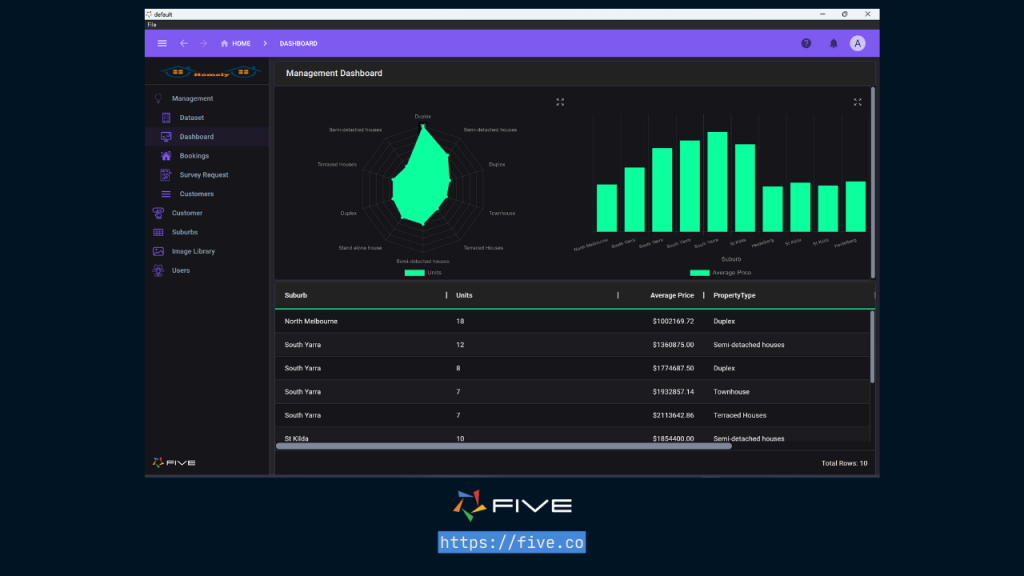MySQL Group_Concat (How to Guide)
MySQL GROUP_CONCAT: An Easy-to-Understand Guide
MySQL’s GROUP_CONCAT function is a tool that allows you to concatenate values from multiple rows into a single string. This can be useful for generating reports, summarizing data, or creating dynamic queries. In this article, we’ll delve into the intricacies of GROUP_CONCAT, explore its various options, and provide practical examples to help you leverage this function effectively.
What is GROUP_CONCAT?
GROUP_CONCAT is an aggregate function in MySQL that concatenates values from multiple rows into a single string. It is often used with the GROUP BY clause to combine values that belong to the same group.
Basic Syntax
GROUP_CONCAT([DISTINCT] expression [ORDER BY clause] [SEPARATOR 'separator'])- DISTINCT: Optional keyword to remove duplicate values.
- expression: The column or expression to concatenate.
- ORDER BY clause: Optional clause to sort values before concatenation.
- SEPARATOR: Optional string to separate concatenated values (default is a comma).
Practical Examples
Basic Usage
Let’s start with a simple example. Suppose you have a table orders with the following data:
CREATE TABLE orders (
id INT AUTO_INCREMENT PRIMARY KEY,
customer_name VARCHAR(100),
product_name VARCHAR(100)
);
INSERT INTO orders (customer_name, product_name) VALUES
('Alice', 'Apple'),
('Alice', 'Banana'),
('Bob', 'Carrot'),
('Alice', 'Date'),
('Bob', 'Eggplant');To concatenate the product_name values for each customer_name, you can use:
SELECT customer_name, GROUP_CONCAT(product_name) AS products
FROM orders
GROUP BY customer_name;The result will be:
| customer_name | products |
|---|---|
| Alice | Apple,Banana,Date |
| Bob | Carrot,Eggplant |
Using DISTINCT
If you want to ensure that duplicate values are not concatenated, use the DISTINCT keyword:
SELECT customer_name, GROUP_CONCAT(DISTINCT product_name) AS products
FROM orders
GROUP BY customer_name;Custom Separator
By default, GROUP_CONCAT uses a comma as the separator. You can change this by specifying a different separator using the SEPARATOR keyword:
SELECT customer_name, GROUP_CONCAT(product_name SEPARATOR ' | ') AS products
FROM orders
GROUP BY customer_name;This will output:
| customer_name | products |
|---|---|
| Alice | Apple |
| Bob | Carrot |
Ordering the Results
You can also order the concatenated values using the ORDER BY clause:
SELECT customer_name, GROUP_CONCAT(product_name ORDER BY product_name) AS products
FROM orders
GROUP BY customer_name;This ensures that the product names are listed alphabetically:
| customer_name | products |
|---|---|
| Alice | Apple,Banana,Date |
| Bob | Carrot,Eggplant |
MySQL Group_Concat: Build a MySQL Web App
The GROUP_CONCAT function in MySQL is a tool for concatenating values from multiple rows into a single string. While understanding SQL and using GROUP_CONCAT effectively is crucial, building a complete web application requires more than just SQL proficiency. This is where rapid application builders like Five come into play.
In Five, you can define your database schema using MySQL functions such as GROUP_CONCAT. Five provides a MySQL database for your application and generates an automatic UI.
Creating Forms, Charts, and Reports
With Five, you can create forms, charts, and reports based on your database schema. This means you can build interfaces that interact with data fields, using the GROUP_CONCAT function to concatenate values and display them in a user-friendly manner. For instance, you can easily generate reports that summarize product names or customer details into a single field.
Custom Business Logic
Five also allows you to write custom JavaScript and TypeScript functions, giving you the flexibility to implement complex business logic. This is crucial for applications that require more than just standard CRUD (Create, Read, Update, Delete) operations. By combining GROUP_CONCAT with custom logic, you can create dynamic and interactive applications that meet specific business needs.
Easy Deployment
Once your application is built, Five simplifies the deployment process. You can deploy your application to a secure, scalable cloud infrastructure with just a few clicks. This allows you to focus on development without worrying about the complexities of cloud deployment.
Getting Started with Five
If you are serious about working with MySQL give Five a try. Sign up for free access to Five’s development environment and start building your next web application today.

Advanced Usage of MySQL Group_Concat
Handling Large Concatenated Results
By default, the maximum length of the result from GROUP_CONCAT is limited by the group_concat_max_len system variable, which defaults to 1,024 bytes. You can increase this limit to accommodate larger concatenated strings:
SET SESSION group_concat_max_len = 10000;Concatenating with Conditional Logic
You can use conditional logic within GROUP_CONCAT to concatenate only specific values. For example, to concatenate only products starting with ‘A’:
SELECT customer_name, GROUP_CONCAT(IF(product_name LIKE 'A%', product_name, NULL)) AS products
FROM orders
GROUP BY customer_name;Combining Multiple Columns
GROUP_CONCAT can also concatenate multiple columns by combining them into a single expression. For example, to concatenate product names and their IDs:
SELECT customer_name, GROUP_CONCAT(CONCAT(product_name, ' (ID:', id, ')')) AS products
FROM orders
GROUP BY customer_name;Best Practices: MySQL Group_Concat
- Optimize Length: Adjust the
group_concat_max_lenparameter appropriately to avoid truncation. - Use DISTINCT Sparingly: Apply
DISTINCTonly when necessary, as it can increase query complexity. - Order with Caution: Use the
ORDER BYclause inGROUP_CONCATto ensure meaningful concatenation order, but be mindful of performance impacts on large datasets. - Indexing: Ensure relevant columns are indexed to optimize the performance of
GROUP_CONCATqueries, especially when usingORDER BY.
Conclusion: MySQL Group_Concat
GROUP_CONCAT is a versatile function that can significantly enhance your MySQL queries by allowing you to combine values from multiple rows into a single string. Whether you are generating reports, summarizing data, or creating complex queries, understanding and utilizing GROUP_CONCAT effectively can streamline your database operations.
By following the examples and best practices outlined in this guide, you’ll be well-equipped to harness the full potential of GROUP_CONCAT in your MySQL applications.
Handling Large Concatenated Results
By default, the maximum length of the result from GROUP_CONCAT is limited by the group_concat_max_len system variable, which defaults to 1,024 bytes. You can increase this limit to accommodate larger concatenated strings:
SET SESSION group_concat_max_len = 10000;Concatenating with Conditional Logic
You can use conditional logic within GROUP_CONCAT to concatenate only specific values. For example, to concatenate only products starting with ‘A’:
SELECT customer_name, GROUP_CONCAT(IF(product_name LIKE 'A%', product_name, NULL)) AS products
FROM orders
GROUP BY customer_name;Combining Multiple Columns
GROUP_CONCAT can also concatenate multiple columns by combining them into a single expression. For example, to concatenate product names and their IDs:
SELECT customer_name, GROUP_CONCAT(CONCAT(product_name, ' (ID:', id, ')')) AS products
FROM orders
GROUP BY customer_name;Best Practices
- Optimize Length: Adjust the
group_concat_max_lenparameter appropriately to avoid truncation. - Use DISTINCT Sparingly: Apply
DISTINCTonly when necessary, as it can increase query complexity. - Order with Caution: Use the
ORDER BYclause inGROUP_CONCATto ensure meaningful concatenation order, but be mindful of performance impacts on large datasets. - Indexing: Ensure relevant columns are indexed to optimize the performance of
GROUP_CONCATqueries, especially when usingORDER BY.
Conclusion: MySQL Group_Concat
GROUP_CONCAT is a versatile function that can significantly enhance your MySQL queries by allowing you to combine values from multiple rows into a single string. Whether you are generating reports, summarizing data, or creating complex queries, understanding and utilizing GROUP_CONCAT effectively can streamline your database operations.
By following the examples and best practices outlined in this guide, you’ll be well-equipped to harness the full potential of GROUP_CONCAT in your MySQL applications.

